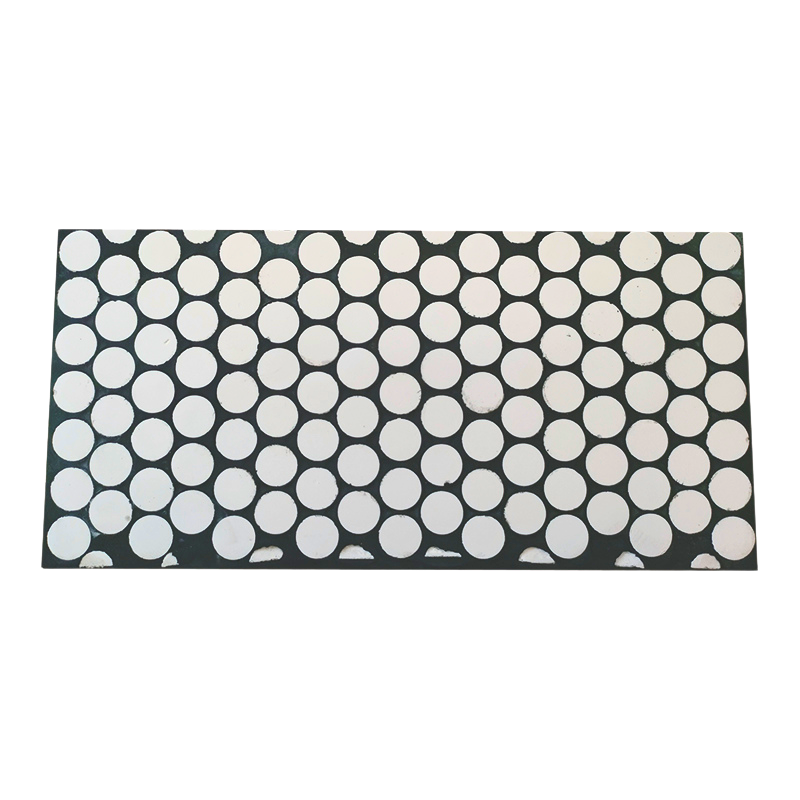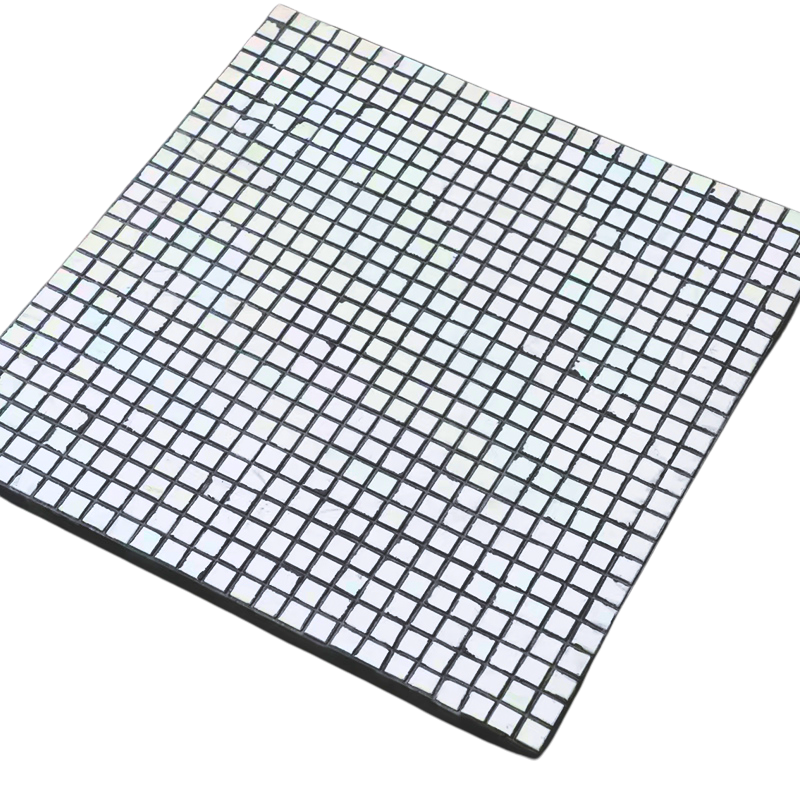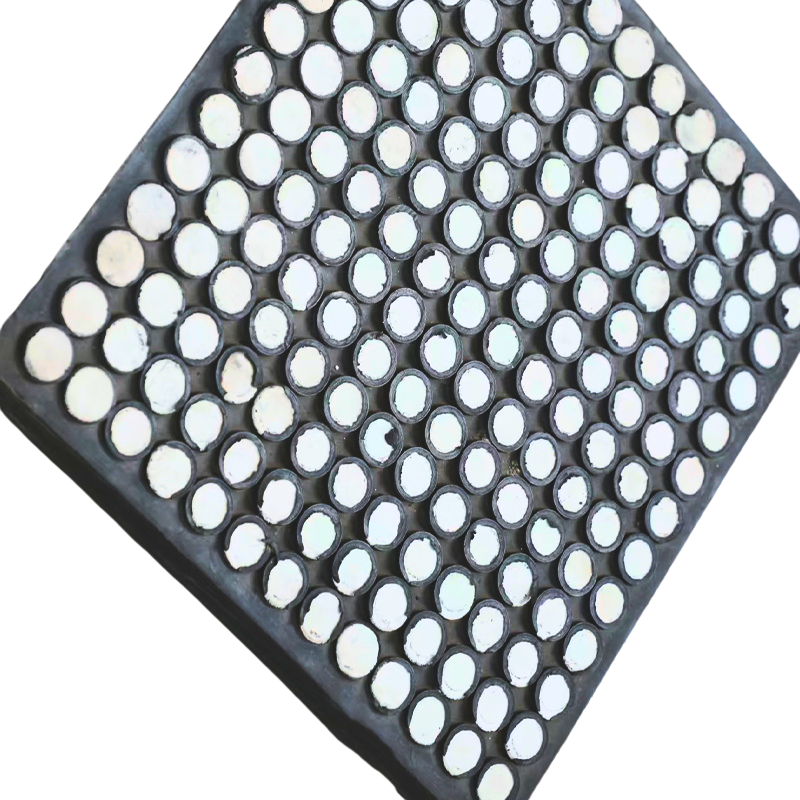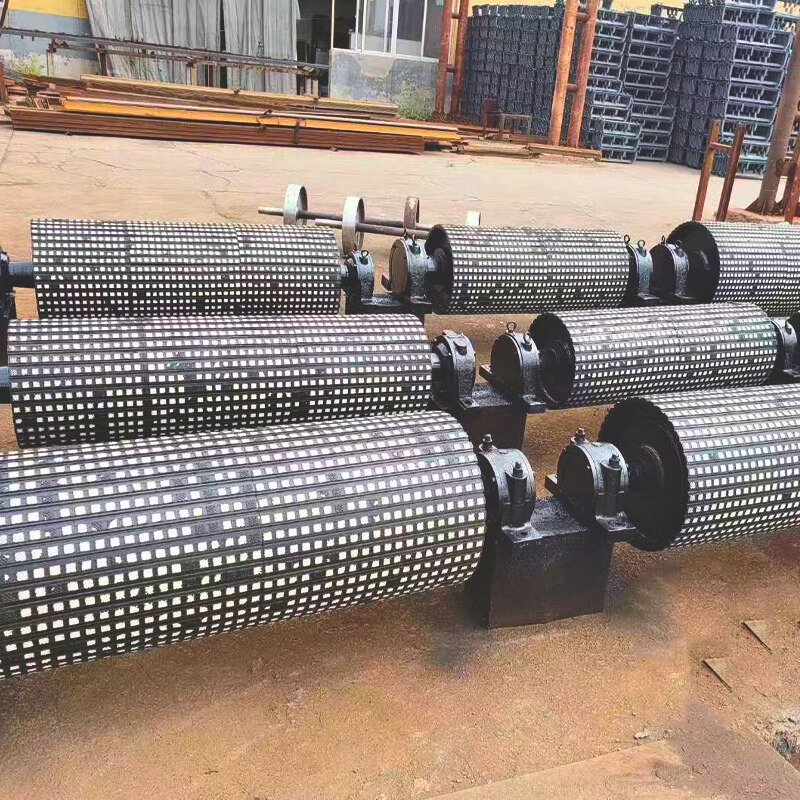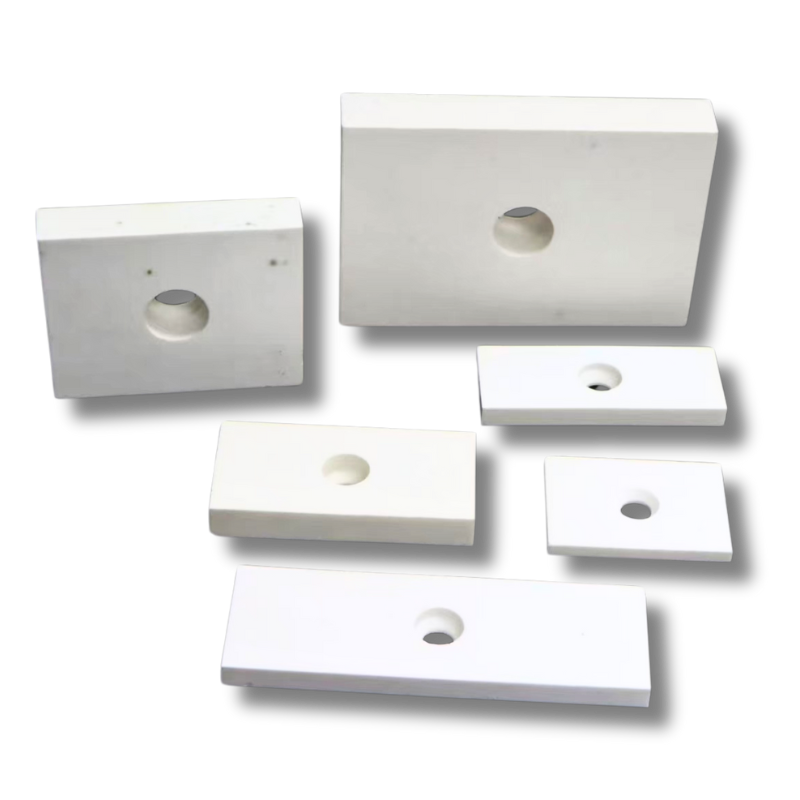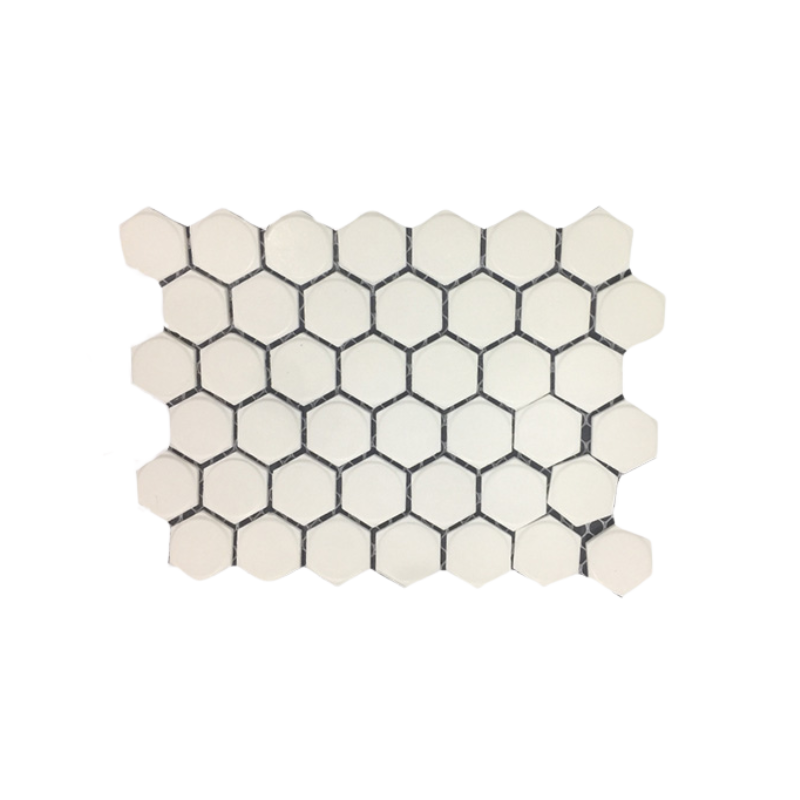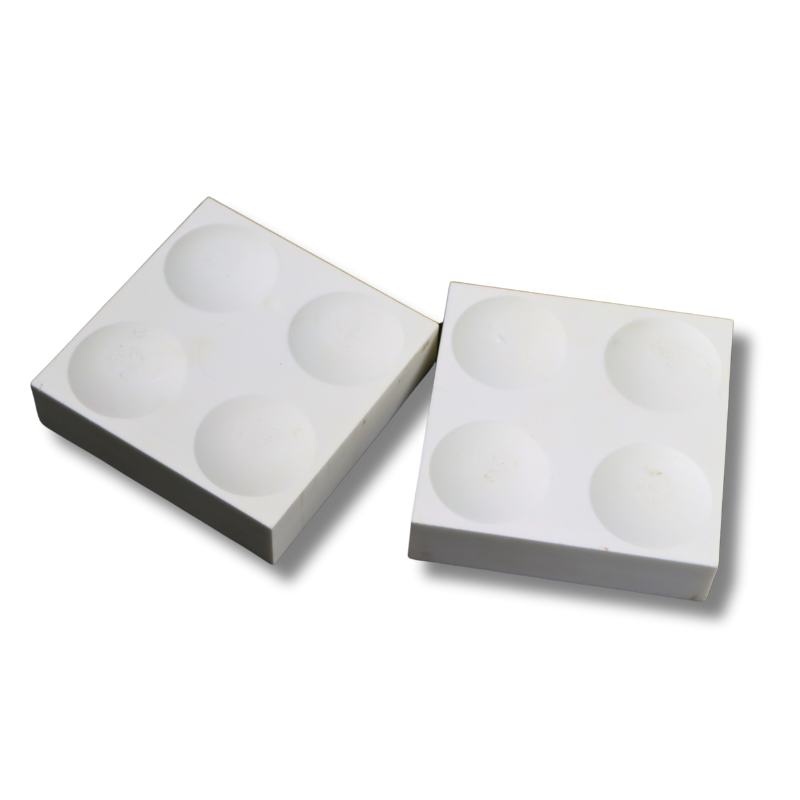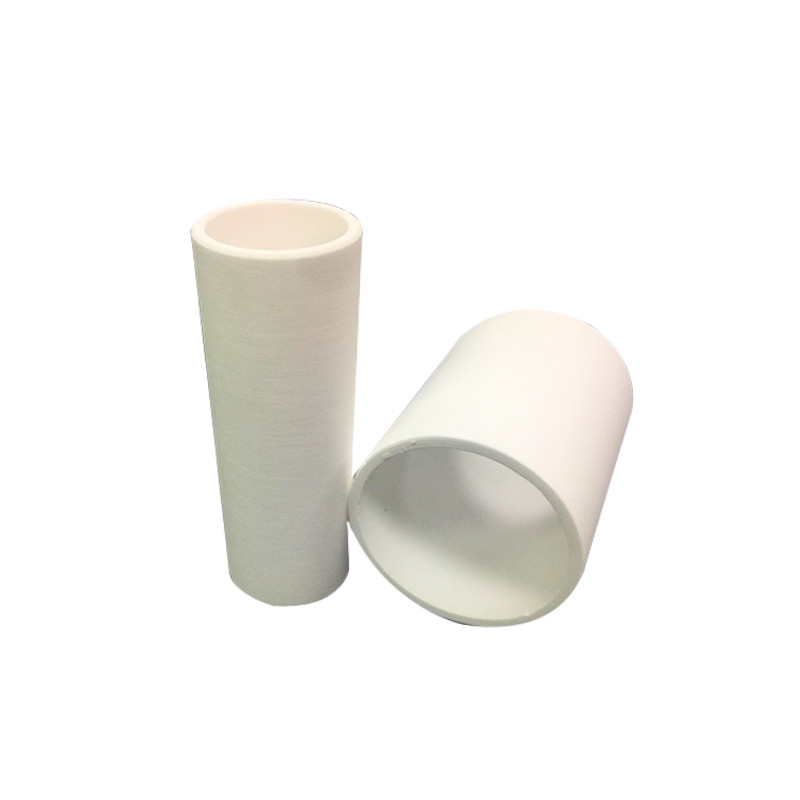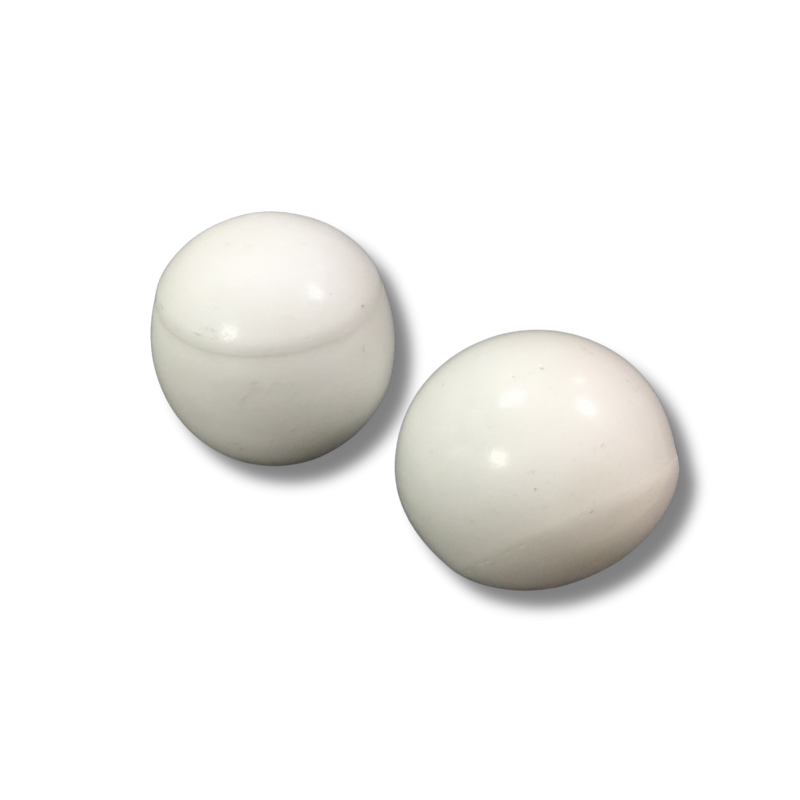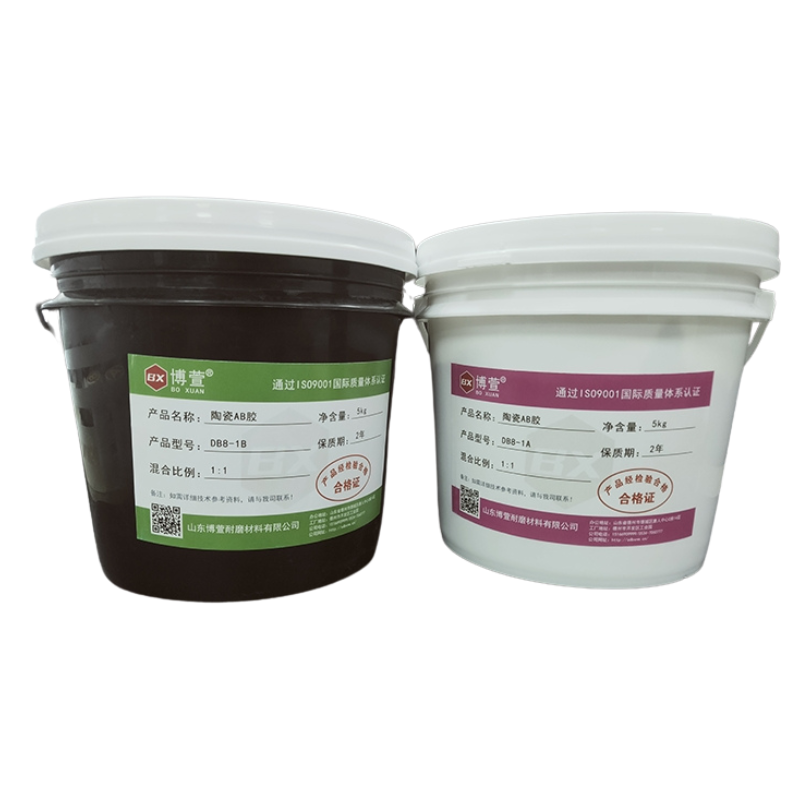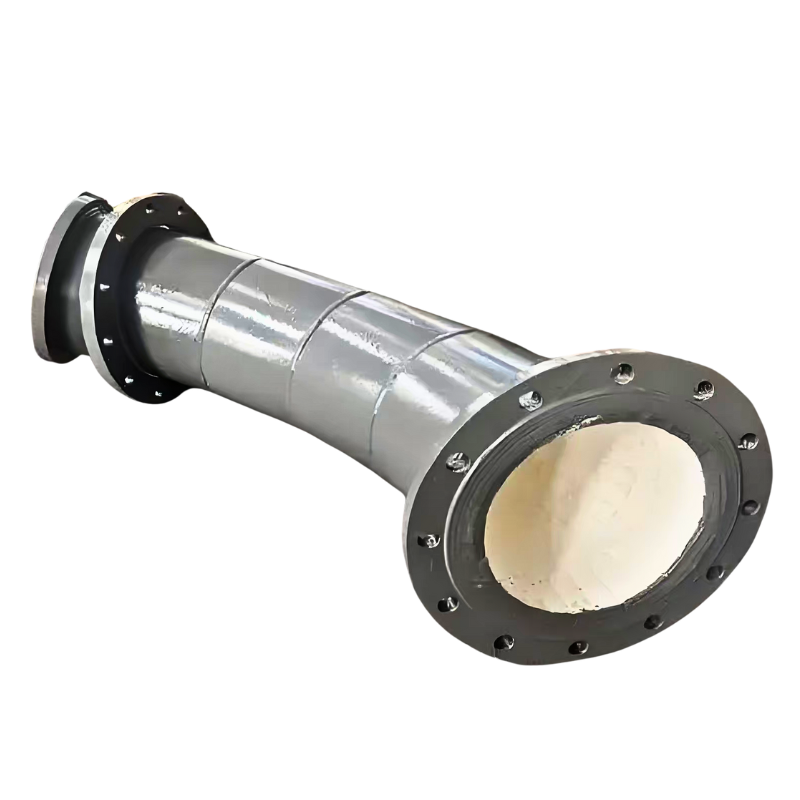
Call Us 24/7
Send Us Mail
Our Location
A product that has been refined through countless trials and tribulations
Products List
Ceramic Rubber-Steel Composite Liner (Three-in-One)
Ceramic composite liners are available in two types:
Two-in-One: Ceramic + Rubber
Three-in-One: Ceramic + Rubber + Steel Plate
The three-in-one composite liner comes with pre-installed bolts, making installation quick and easy.
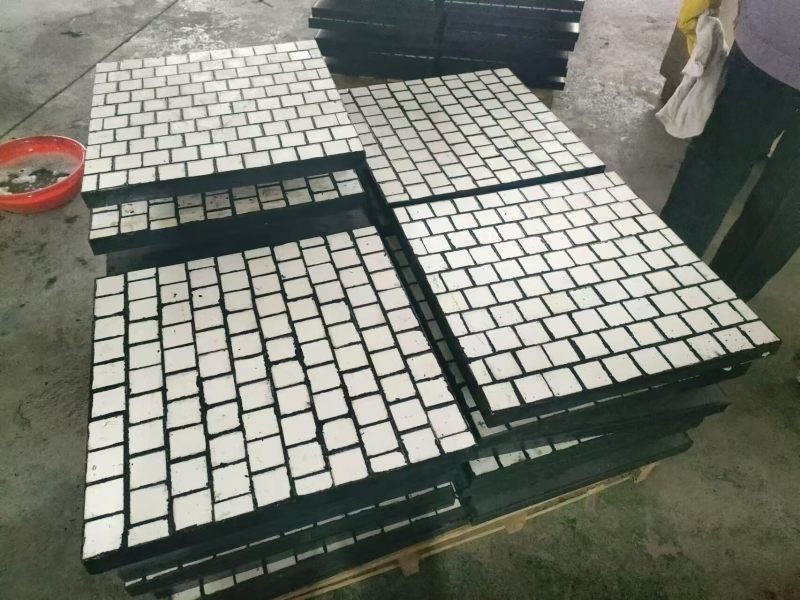
Product Features
Excellent Impact Resistance
The rubber layer provides superior cushioning, effectively absorbing the impact from falling ores or materials.
In contrast, standard ceramic liners (mainly composed of alumina) offer high wear resistance but lack toughness—making composite liners essential under high-impact conditions.Easy Installation
The liners fit seamlessly without gaps.
Rubber composite liners can be twisted and cut, allowing them to fit complex and irregular equipment surfaces with ease.Anti-Stick & Anti-Clogging
The high strength and corrosion resistance of ceramics effectively prevent material sticking and clogging—a common issue with traditional nylon liners, which often cause efficiency loss due to material buildup.Superior Performance
Ceramic-rubber composite liners offer high wear resistance, impact resistance, and chemical resistance.
The rubber layer also provides excellent vibration absorption, helping reduce operational noise during material conveying.Lightweight & Cost-Efficient
With a lower density than steel, these liners are lightweight yet durable.
Thanks to their long service life, frequent replacements are unnecessary, helping reduce maintenance downtime and save costs.
Installation Methods
Adhesive Bonding: High-strength industrial adhesive is used to bond the composite liner to the equipment’s inner wall.
Bolt Fastening: The liner can also be mechanically secured using bolts, forming a firm and shock-absorbing protective layer.
Leave us a message
* Your information will be kept properly and will not be used for any purpose other than our company's business.
Recommended products
Please give us a message
Shandong Boxuan Wear-Resistant Materials Co., Ltd.
Wear-resistant material expert, your reliable partner.
